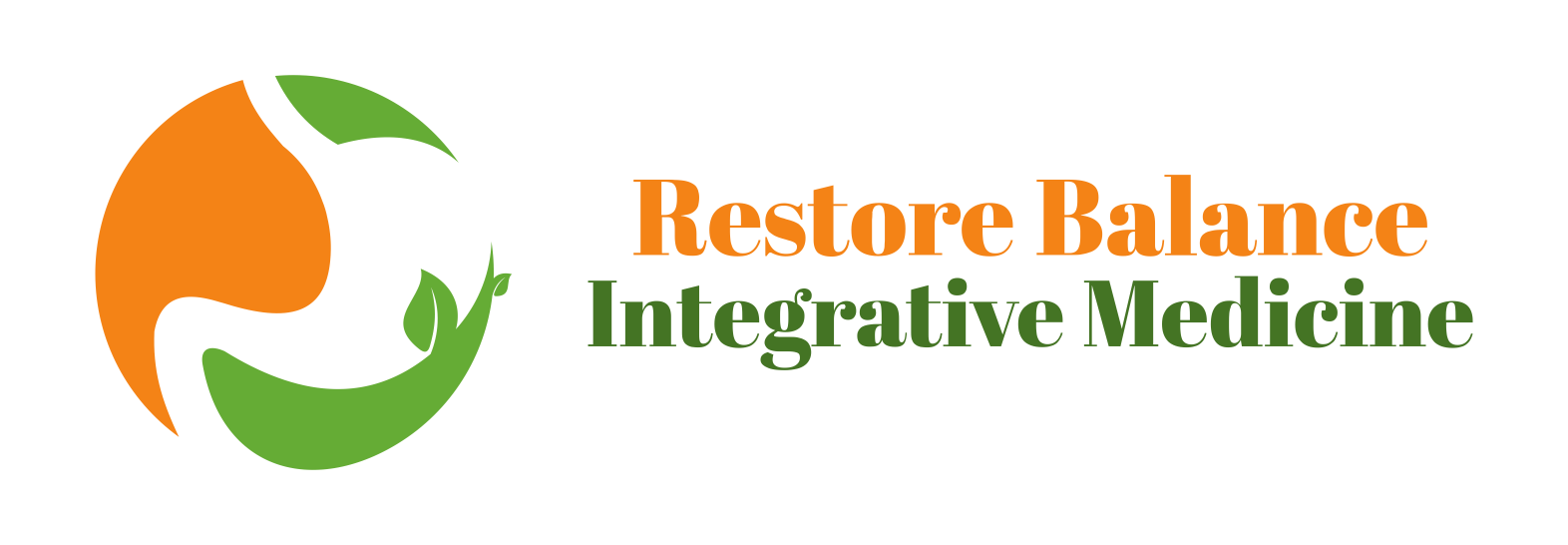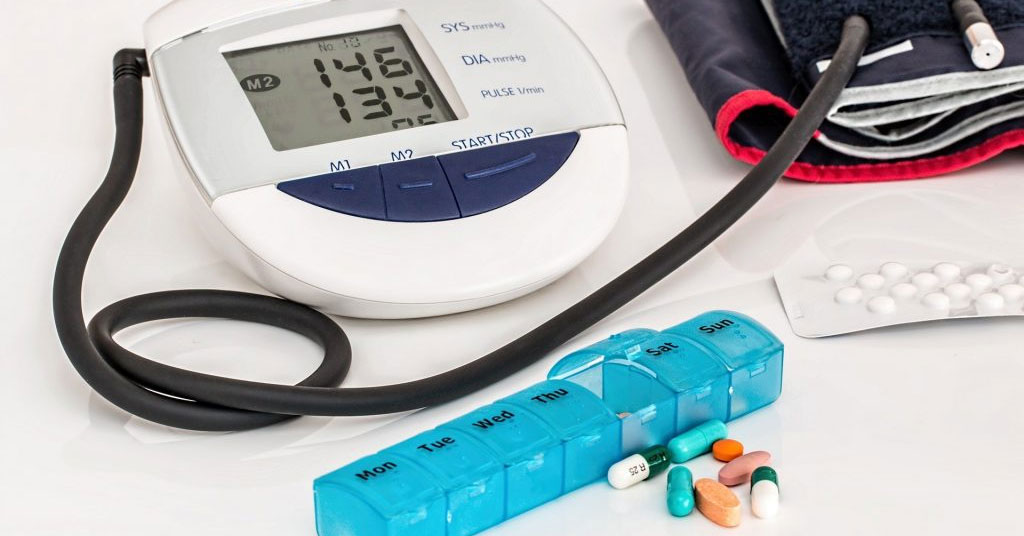High blood pressure
Did you know that one-third of American adults have high blood pressure? That is roughly 86 million people! Many of them are unaware that they have hypertension because symptoms are often mild, vague, or nonexistent. These folks are at high risk of developing heart disease, kidney disease, stroke, or dementia if their blood pressure remains high. Sadly, only about one-third of them can control their high blood pressure with the standard medications prescribed by most doctors.
What can be done?
The good news is that taking a functional medicine approach focused on dietary and lifestyle measures can optimize hypertension and slash the risk of heart disease by 90%! Let’s look at some of the factors that contribute to high blood pressure. Then we will discuss how to bring blood pressure levels back into a normal, healthy range.
Risk Factors
Risk factors that contribute to the development of high blood pressure include:- Stress
- Smoking
- Sedentary lifestyle
- Poor dietary choices
- Sleep apnea
- Excess weight
- Nutrient deficiencies
- Potassium/sodium imbalance
- Insulin resistance
- Gut dysbiosis
- Toxins and heavy metals
- Use of NSAIDs or oral contraceptives
Improving Hypertension Naturally
Destress. Reducing and releasing stress is one of the most effective ways to reverse hypertension. Practices that have a positive impact on blood pressure levels include:
- Qigong
- Tai chi
- Yoga
- Breathwork
- Meditation
- Acupuncture
Get moving. Regular exercise strengthens the heart. This places less stress on blood vessels and reduces blood pressure. Exercise can also help relieve stress and improve insulin sensitivity.
Plant power. Plant-based foods are rich in phytonutrients and minerals that help regulate blood pressure. Dark, leafy greens are excellent because they are high in potassium and magnesium, which help relax blood vessels. Potassium also helps eliminate excess sodium. Other foods high in potassium include green beans, potatoes, yams, winter squashes, mushrooms, legumes, and avocados.
Eat for balanced blood sugar. Include clean protein, a small amount of healthy fat, and plenty of fiber-rich produce at every meal. This will help you balance your blood sugar levels and optimize your blood pressure at the same time!
Cut out refined salt. Conventional wisdom says to go on a low sodium diet to reduce blood pressure. However, there is evidence that natural, unrefined sources of sodium are not the problem. It is the excessive amounts of refined salt found in processed foods that cause trouble. When sodium and potassium levels are balanced, blood pressure begins to optimize.
Remove alcohol and inflammatory foods. Alcohol consumption increases blood pressure levels, so reducing or removing it is essential for people with hypertension. Sugar, refined flour, hydrogenated fats, processed meats, and packaged foods contribute to systemic inflammation. Inflamed blood vessels equal high blood pressure. Making the switch to a whole foods diet is one of the best things you can do for your blood pressure!
Limit your exposure to toxins. Reducing your toxic load will help tame inflammation and lower your blood pressure. You can limit your exposure to toxins by:
- Using non-toxic personal care and cleaning products.
- Investing in a high-quality water filter.
- Running an air purifier.
- Remediating water damage or mold issues in your home.
- Having mercury dental fillings removed and replaced.
Supplementation. Use targeted supplementation with the help of your doctor. Many people with high blood pressure are low in magnesium, potassium, CoQ10, and Omega 3 fatty acids. Sometimes these deficiencies can be corrected through supplementation. Other times, underlying issues are causing poor nutrient absorption and need to be addressed as well.
Steps You Can Take
There are several steps you can take to reverse the symptoms of celiac disease and NCGS.
- Go 100% gluten-free – Gluten hides in some sneaky places. It can even show up in personal care products and foods labeled gluten-free! Be sure to educate yourself on all of the places gluten can show up and be aware of cross-contamination.
- Opt for whole, nutrient-dense foods – Just because something is labeled gluten-free doesn’t mean it’s nutritious. Many gluten-free foods are highly processed and devoid of nourishment. Focus on leafy greens, colorful vegetables, healthy fats, and clean protein from whole food sources instead.
- Rebalance your microbiome – Most people with celiac or NCGS have some level of gut dysbiosis. Functional medicine doctors can select specific pre-and probiotics to help restore balance to your microbiome. Eating fermented foods is another great way to support a diverse, healthy population of microbes in your gut.
- Replace nutrients and maximize absorption – Replacing depleted nutrients can make a world of difference in the way you feel. Nutrients that people with celiac or NCGS often need include:
- Iron
- Magnesium
- Calcium
- Zinc
- B12
- Folate
- Vitamin D
- Remove toxins and irritants – It is vital for people with celiac or NCGS to reduce their toxic load. The less stress there is on the body, the more quickly it heals. Make sure to drink pure, filtered water. Use cleaning and personal care products free from scents, dyes, and toxic ingredients.
- Release stress – Feeling stressed can cause symptoms to flare up. Deep breathing, adequate downtime, and plenty of quality sleep can help keep stress levels in check.
Do you suffer from the symptoms or side effects of celiac disease or NCGS? Dr. Sisu can help you rebalance and restore your gut! Call today to schedule an appointment!

